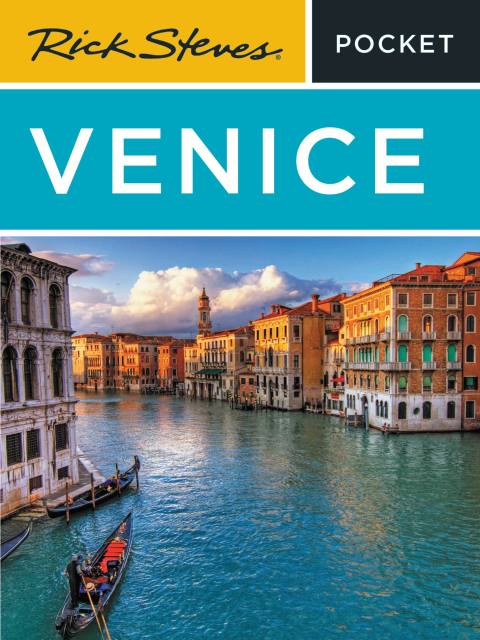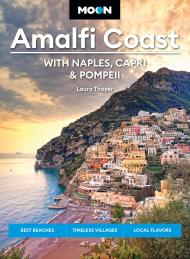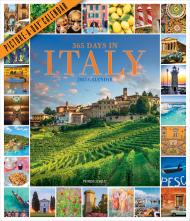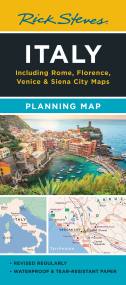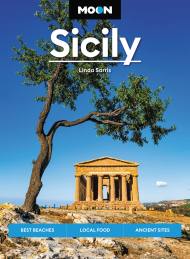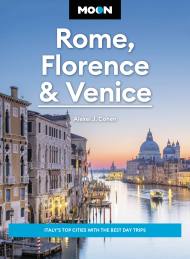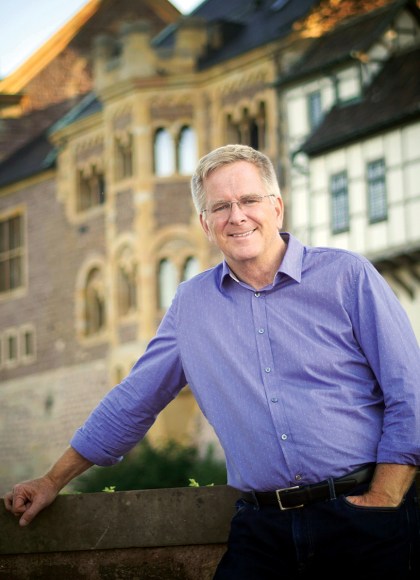By clicking “Accept,” you agree to the use of cookies and similar technologies on your device as set forth in our Cookie Policy and our Privacy Policy. Please note that certain cookies are essential for this website to function properly and do not require user consent to be deployed.
Rick Steves Pocket Venice
Contributors
By Rick Steves
Formats and Prices
Price
$14.99Price
$19.99 CADFormat
Format:
- Trade Paperback $14.99 $19.99 CAD
- ebook $9.99 $12.99 CAD
Also available from:
- City walks and tours: Eight detailed tours and walks showcase Venice's essential sights, including St. Mark's Basilica, the Doge's Palace, and the Grand Canal, plus handy neighborhood breakdowns
- Rick's strategic advice on what experiences are worth your time and money
- What to eat and where to stay: Savor calamari at a cicchetti bar, mingle with locals with a spritz con Aperol in hand, and stay in a romantic canal-side hotel
- Day-by-day itineraries to help you prioritize your time
- A detailed, detachable fold-out map, plus museum and city maps throughout
- Full-color, portable, and slim for exploring on the go
- Trip-planning practicalities like when to go, how to get around, and more
Lightweight yet packed with valuable insight into Venice's history and culture, Rick Steves Pocket Venice truly is a tour guide in your pocket.
Spending more than a week in the city? Try Rick Steves Venice.
-
"The country's foremost expert in European travel for Americans."Forbes
-
"Steves is an absolute master at unlocking the hidden gems of the world's greatest cities, towns, and monuments."USA Today
-
“Every country-specific travel guidebook from the Rick Steves publishing empire can be counted upon for clear organization, specificity and timeliness."Society of American Travel Writers
-
"Pick the best accommodations and restaurants from Rick Steves…and a traveler searching for good values will seldom go wrong or be blindsided."NBC News
-
"His guidebooks are approachable, silly, and even subtly provocative in their insistence that Americans show respect for the people and places they are visiting and not the other way around."The New Yorker
-
"Travel, to Steves, is not some frivolous luxury—it is an engine for improving humankind, for connecting people and removing their prejudices, for knocking distant cultures together to make unlikely sparks of joy and insight. Given that millions of people have encountered the work of Steves over the last 40 years, on TV or online or in his guidebooks, and that they have carried those lessons to untold other millions of people, it is fair to say that his life’s work has had a real effect on the collective life of our planet."The New York Times Magazine
-
"[Rick Steves] laces his guides with short and vivid histories and a scholar's appreciation for Renaissance art yet knows the best place to start an early tapas crawl in Madrid if you have kids. His clear, hand-drawn maps are Pentagon-worthy; his hints about how to go directly to the best stuff at the Uffizi, avoid the crowds at Versailles and save money everywhere are guilt-free."TIME Magazine
-
"Steves is a walking, talking European encyclopedia who yearns to inspire Americans to venture 'beyond Orlando.'"Forbes
-
“…he’s become the unofficial guide for entire generations of North American travelers, beloved for his earnest attitude and dad jeans."Outside Magazine
- On Sale
- Oct 24, 2023
- Page Count
- 224 pages
- Publisher
- Rick Steves
- ISBN-13
- 9781641715690
Newsletter Signup
By clicking ‘Sign Up,’ I acknowledge that I have read and agree to Hachette Book Group’s Privacy Policy and Terms of Use
